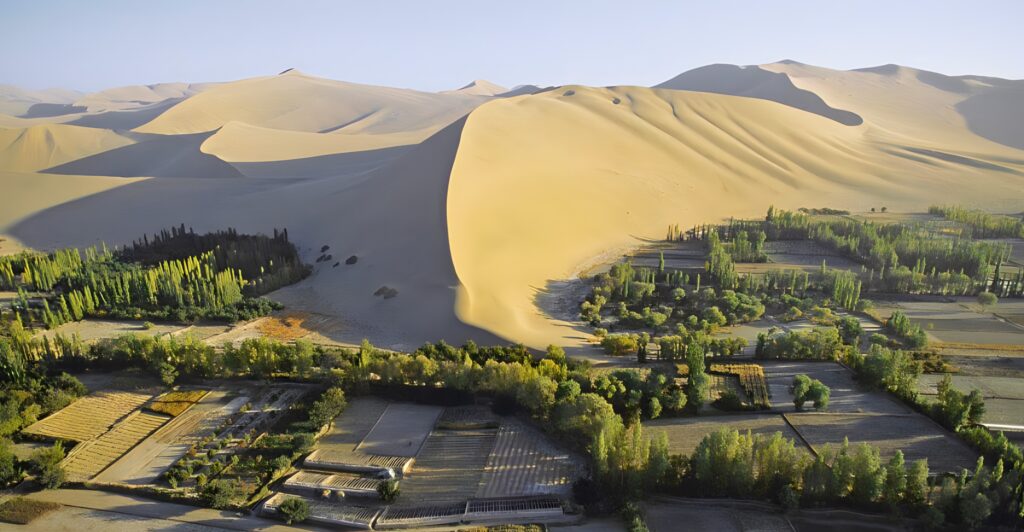
In a groundbreaking environmental initiative, China has embarked on an ambitious project to encircle its largest desert, the Taklamakan, with a sprawling green wall. This effort aims not only to combat desertification but also to create a sustainable environment that supports local communities and biodiversity. The endeavor reflects China’s commitment to addressing climate change and environmental degradation.
The Challenge of the Taklamakan Desert
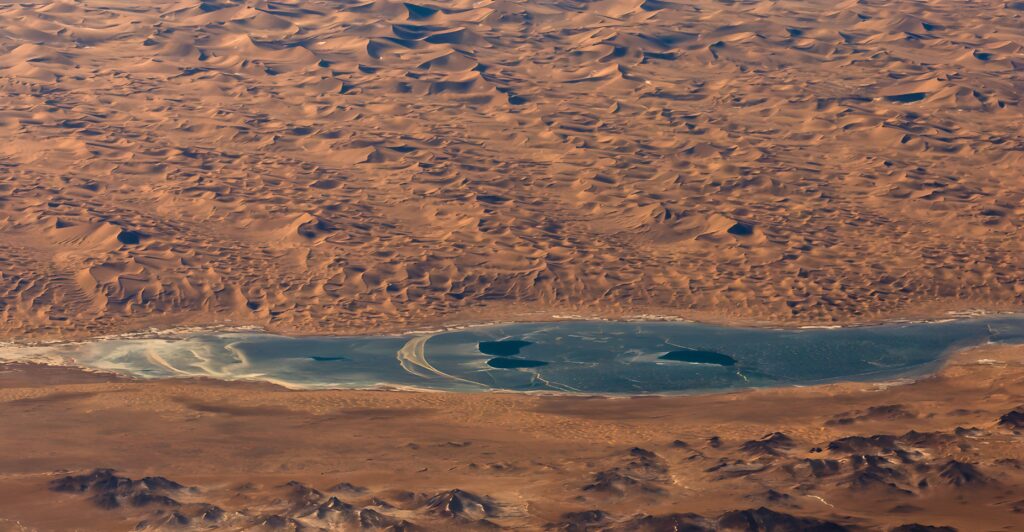
The Taklamakan Desert, often referred to as the “Sea of Death,” spans over 330,000 square kilometers in the heart of the Xinjiang Uygur Autonomous Region. Its harsh conditions, characterized by extreme temperatures, limited rainfall, and shifting sands, have long made it a formidable barrier to human habitation and development. Desertification has encroached upon surrounding areas, threatening agriculture, infrastructure, and the livelihoods of millions.
Engineering a Green Fortress
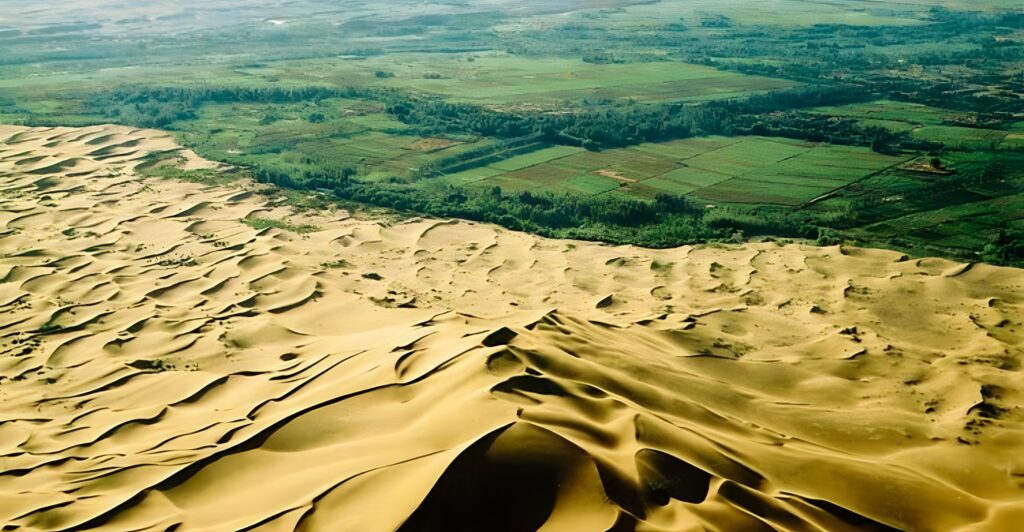
The “Green Wall” initiative involves planting vast tracts of forests, shrubs, and grasslands along the desert’s periphery. Advanced irrigation systems, including drip irrigation and desalination technologies, are being deployed to ensure the survival of these plants in arid conditions. The project also integrates modern techniques such as satellite monitoring and AI-driven soil analysis to optimize plant growth and resource use.
Government and Community Collaboration
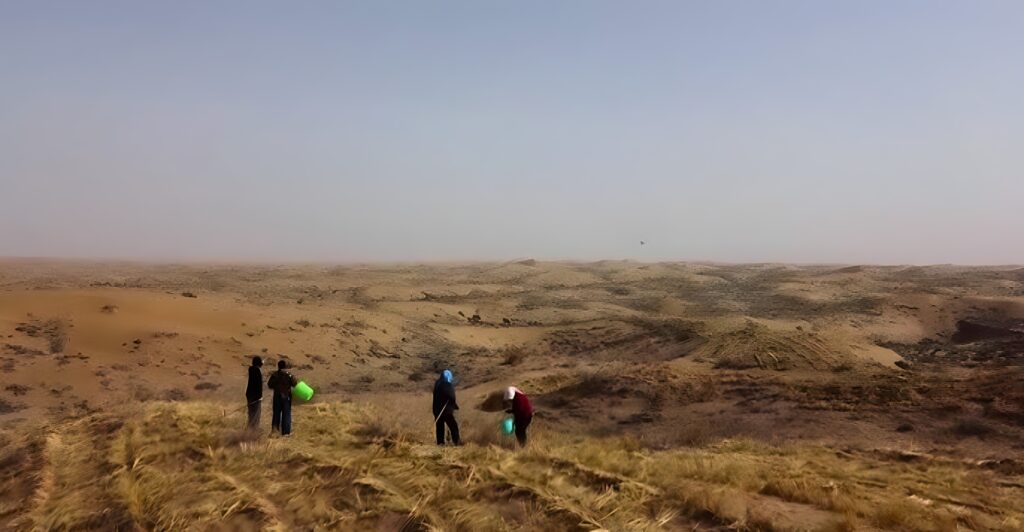
The Chinese government has mobilized significant resources and collaborated with local communities, scientists, and international organizations to bring this vision to life. Local farmers are being trained in sustainable agriculture practices and are provided with incentives to participate in the reforestation efforts. This partnership not only fosters community involvement but also ensures the long-term sustainability of the project.
Economic and Social Benefits
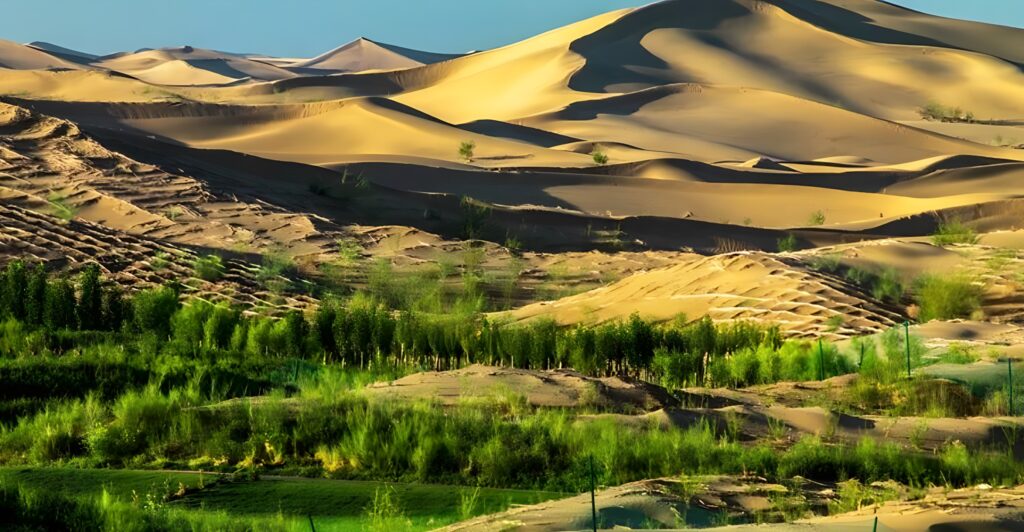
Beyond environmental restoration, the Green Wall is poised to yield substantial economic and social benefits. By stabilizing the desert, the project protects vital infrastructure, such as roads and railways, from sand encroachment. Additionally, the afforestation efforts are expected to boost tourism, create jobs, and enhance the quality of life for residents by providing a more hospitable and aesthetically pleasing environment.
Biodiversity Revival
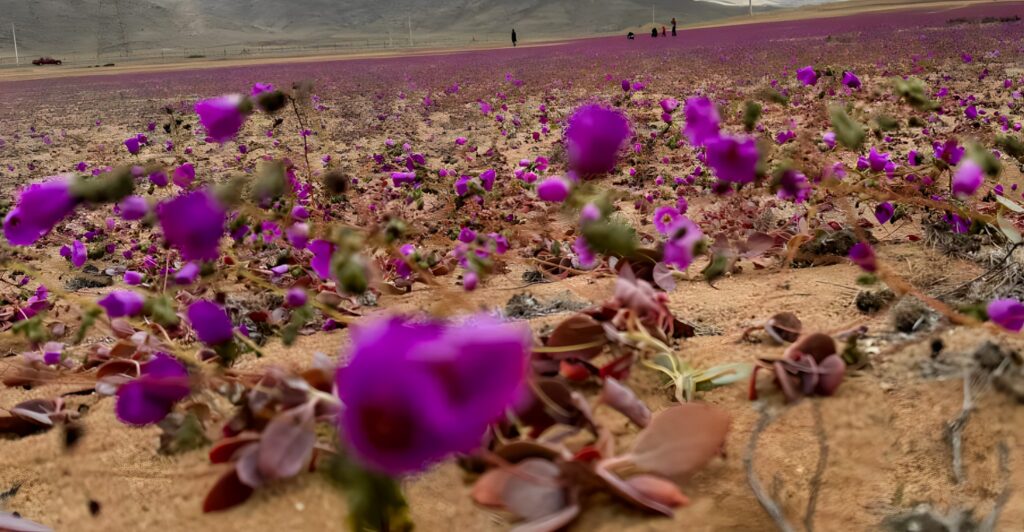
The reforestation initiative also aims to revive biodiversity in the region. By creating new habitats, the Green Wall supports the return of native flora and fauna, some of which are endangered. Conservationists are optimistic that these efforts will lead to a resurgence in local wildlife populations and contribute to the global fight against biodiversity loss.
Addressing Climate Change
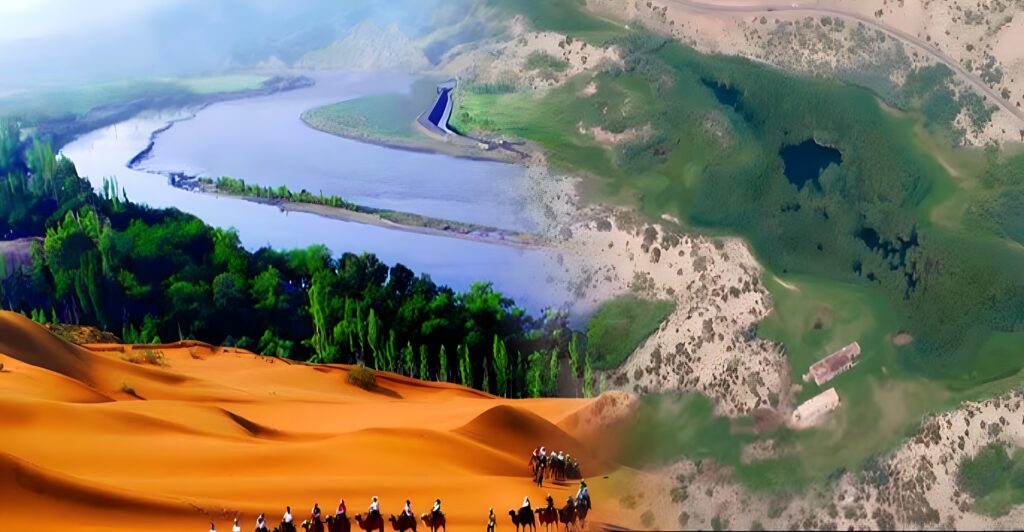
China’s Green Wall is a critical component of the country’s broader strategy to combat climate change. By sequestering carbon dioxide through extensive tree planting, the project contributes to global carbon reduction goals. The initiative aligns with China’s pledge to achieve carbon neutrality by 2060 and demonstrates the country’s leadership in innovative environmental solutions.
A Model for Global Replication

The success of the Taklamakan Green Wall could serve as a model for other countries facing similar environmental challenges. Nations grappling with desertification and climate change may look to China’s example as a blueprint for large-scale ecological restoration. The project highlights the potential of combining traditional knowledge with cutting-edge technology to address pressing global issues.
Initial Challenges and Adaptations
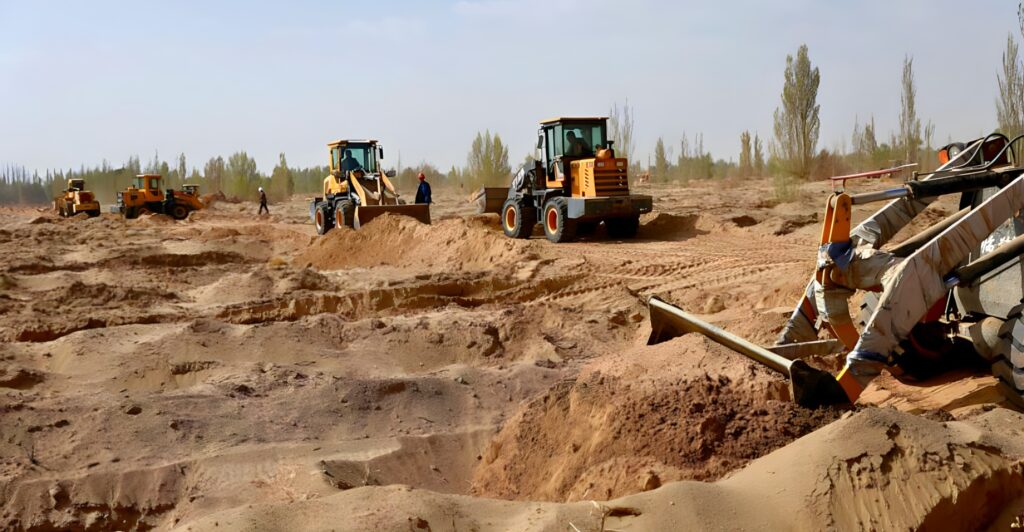
While the project has garnered international praise, it has not been without challenges. Initial phases encountered difficulties such as plant survival rates and resource allocation. However, continuous research and adaptive management have led to improvements in planting techniques and resource efficiency, demonstrating the resilience and flexibility of the initiative.
Community Stories of Transformation
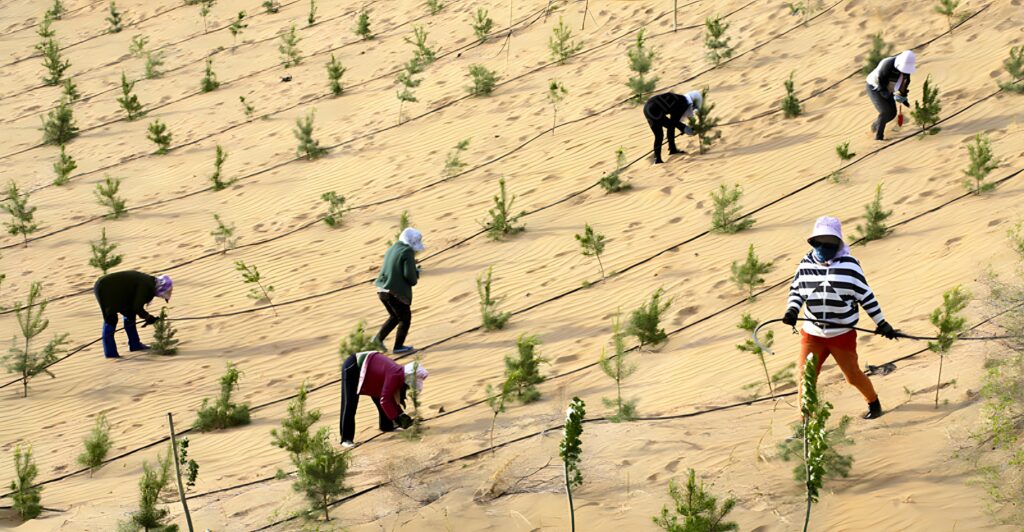
Residents living near the Green Wall have shared stories of transformation, witnessing firsthand the positive impact of the project. Farmers have reported increased agricultural yields, while families enjoy greener landscapes and cleaner air. These personal accounts underscore the human dimension of the environmental endeavor, highlighting its profound impact on daily life.
Future Expansions and Prospects
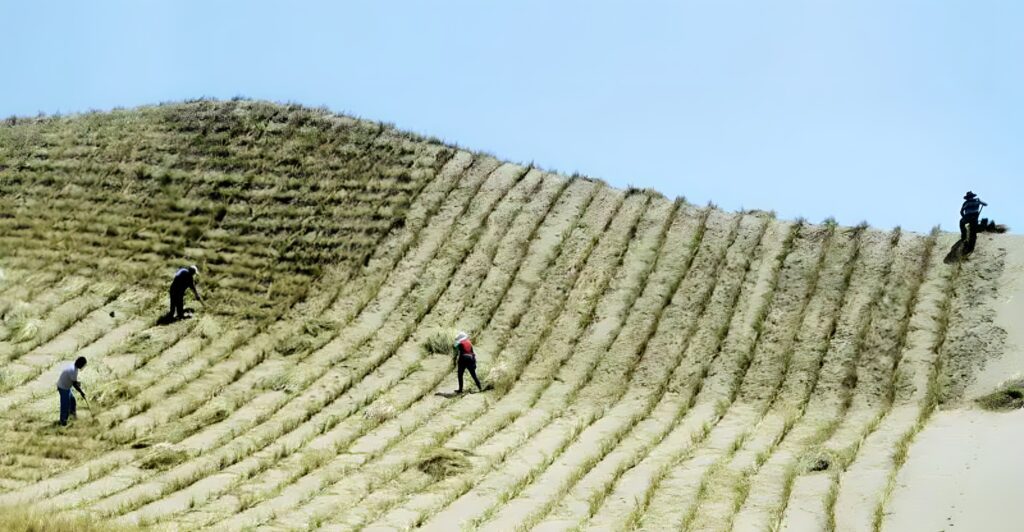
Looking ahead, China plans to expand the Green Wall further into other arid regions, aiming to replicate its success on a national scale. The government is also exploring partnerships with neighboring countries to create transboundary green corridors, fostering regional cooperation in environmental conservation.
Global Recognition and Support
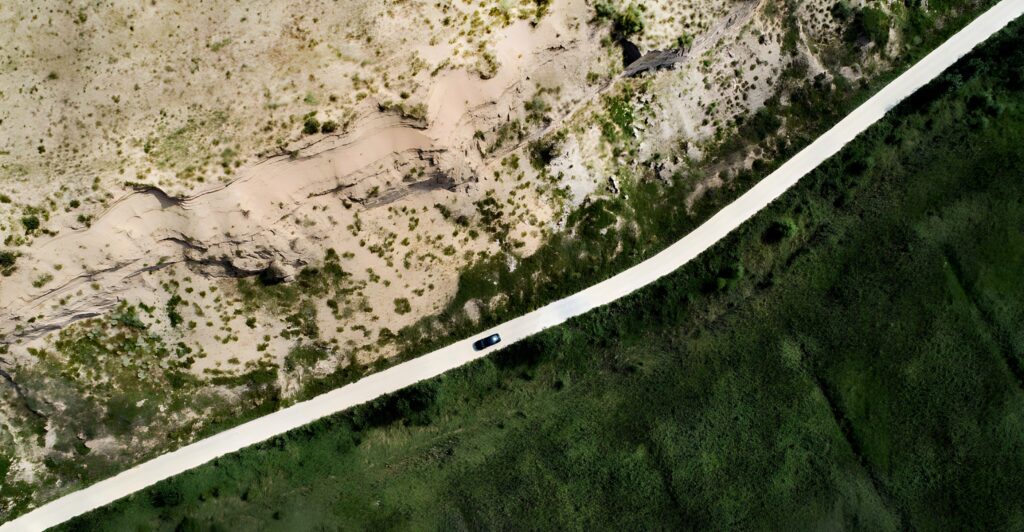
The international community has recognized China’s efforts, with several environmental organizations offering support and collaboration. The United Nations has cited the Green Wall as a significant contribution to the Sustainable Development Goals, particularly those related to climate action, life on land, and sustainable communities.
A Beacon of Hope
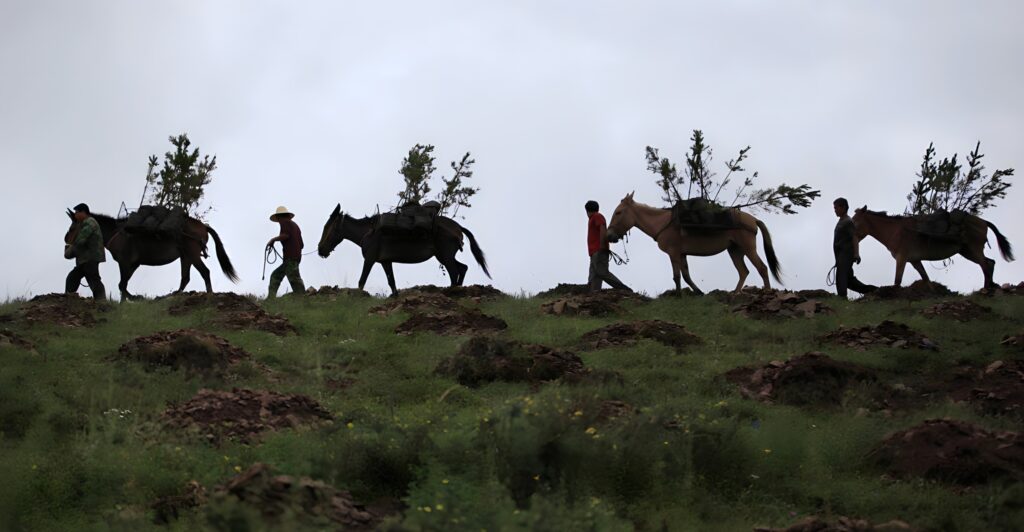
China’s Green Wall around the Taklamakan Desert stands as a beacon of hope in the fight against desertification and climate change. It exemplifies the power of human ingenuity and collective action in transforming hostile environments into thriving ecosystems. As the project continues to evolve, it promises to inspire and guide similar efforts worldwide, paving the way for a greener, more sustainable future.
Discover more of our trending stories and follow us to keep them appearing in your feed

Meet the Massive Crocodiles That Make Their Homes 40 Feet Underground
13 Most Dangerous Animals in America
10 Animal Species That Have Been Successfully Cloned – Should Scientists Go On?
First Ferret Babies Born from a Clone—What This Means for the Future
Stay connected with us for more stories like this! Follow us to get the latest updates or hit the Follow button at the top of this article, and let us know what you think by leaving your feedback below. We’d love to hear from you!







